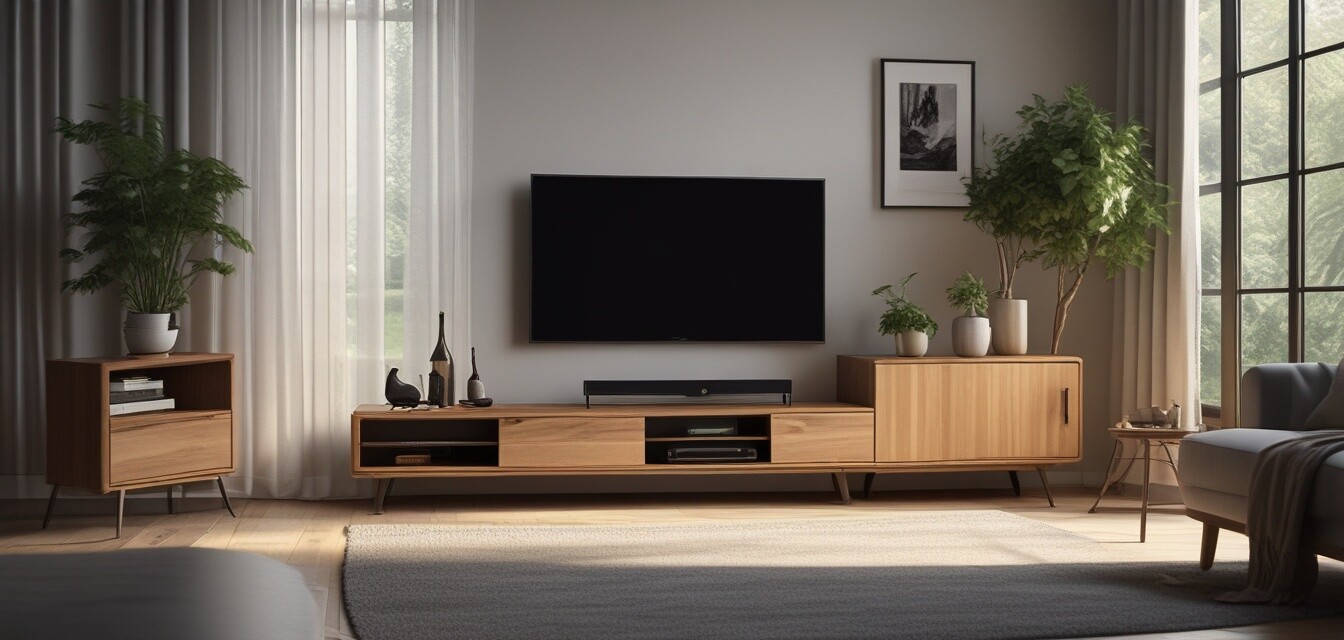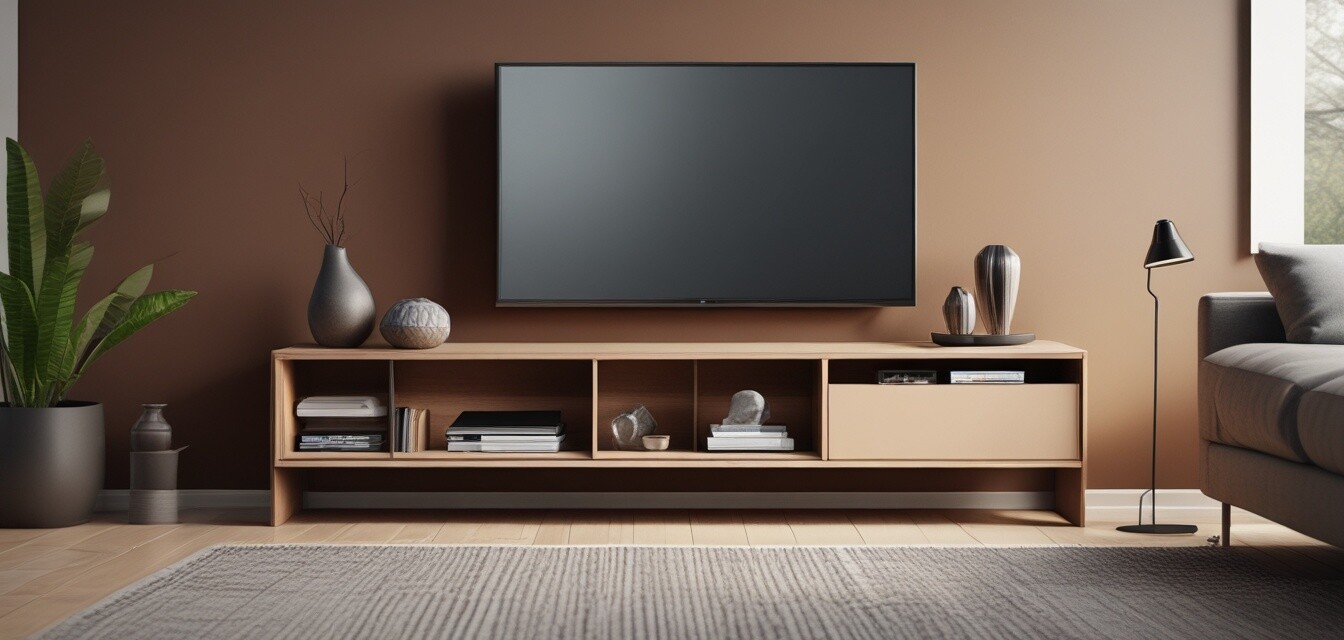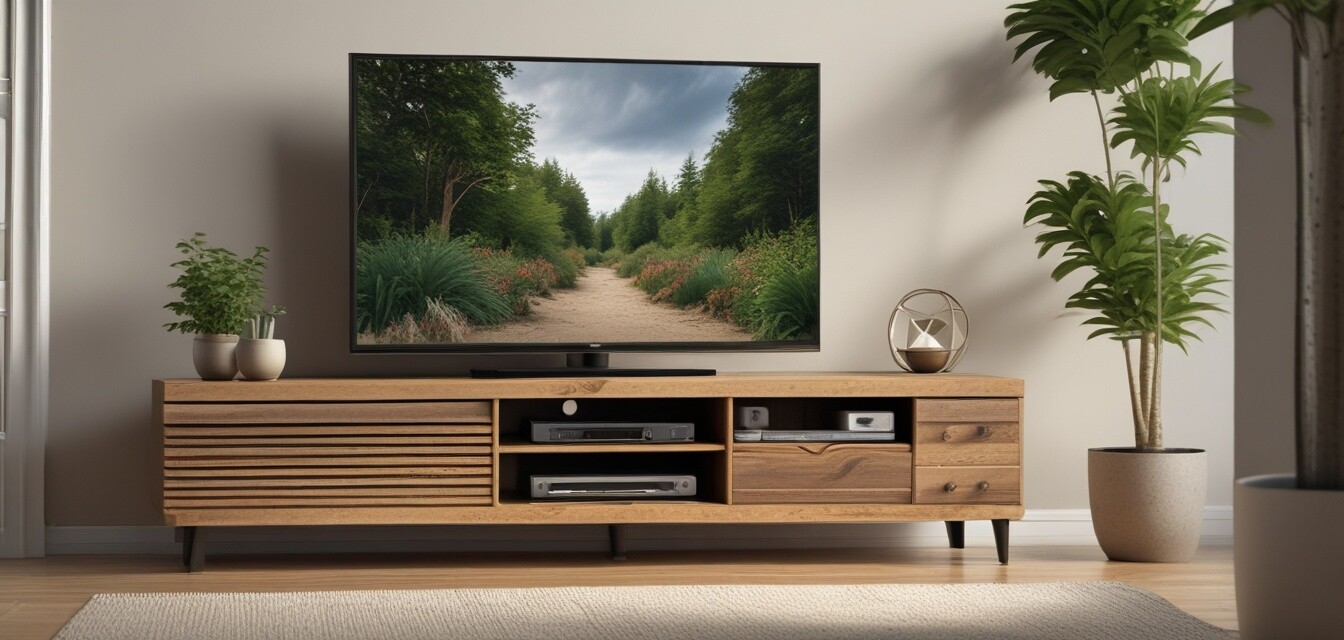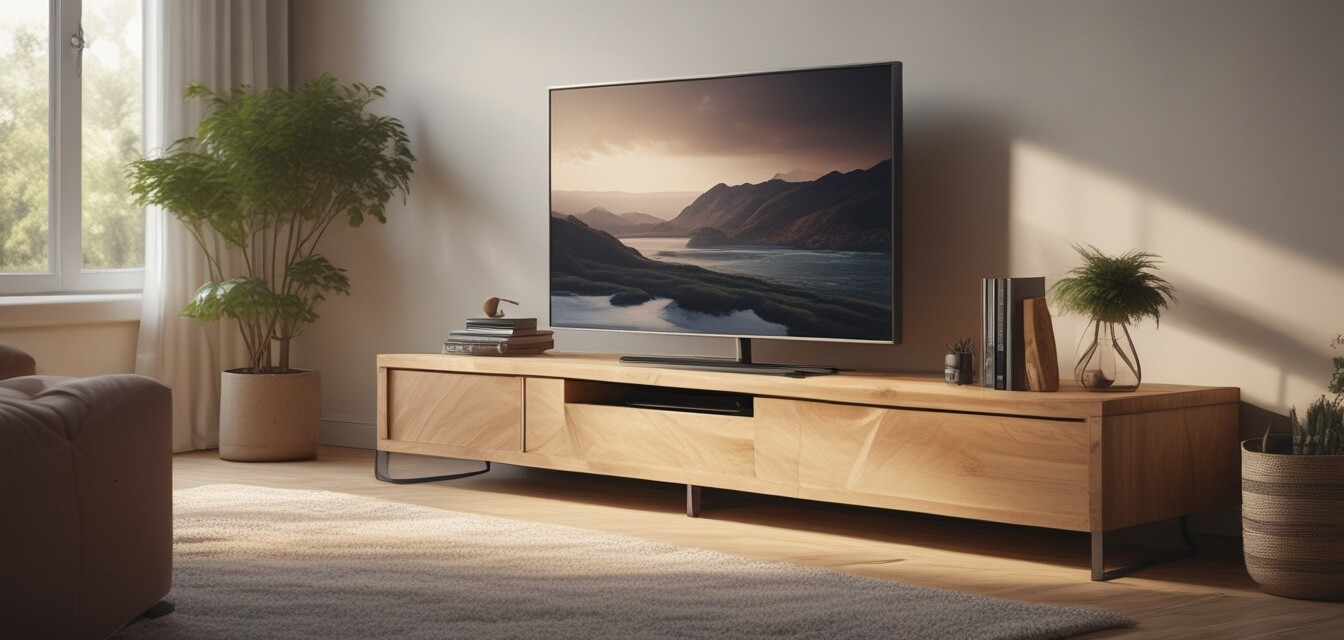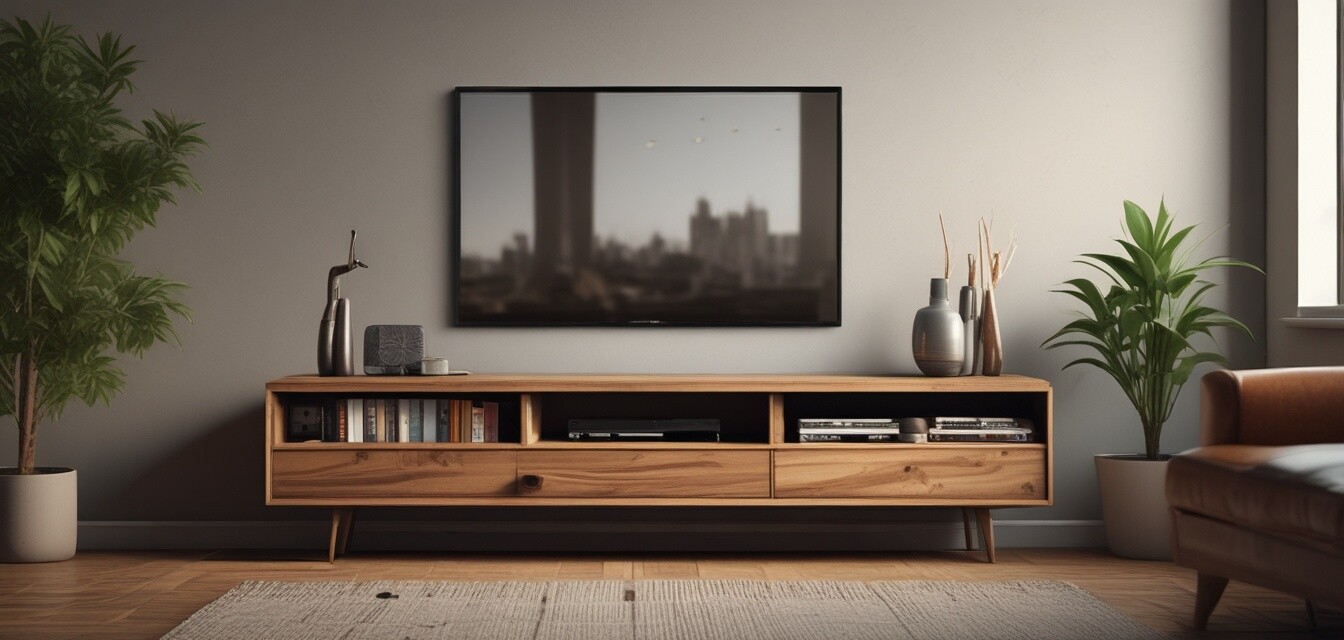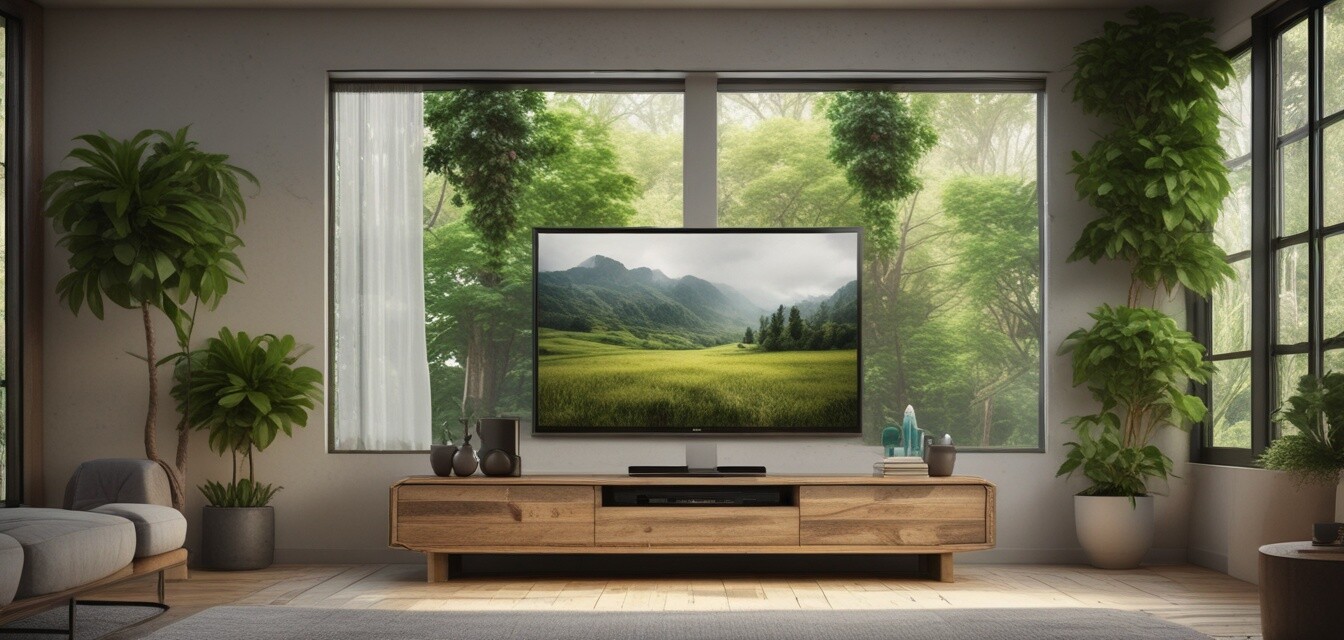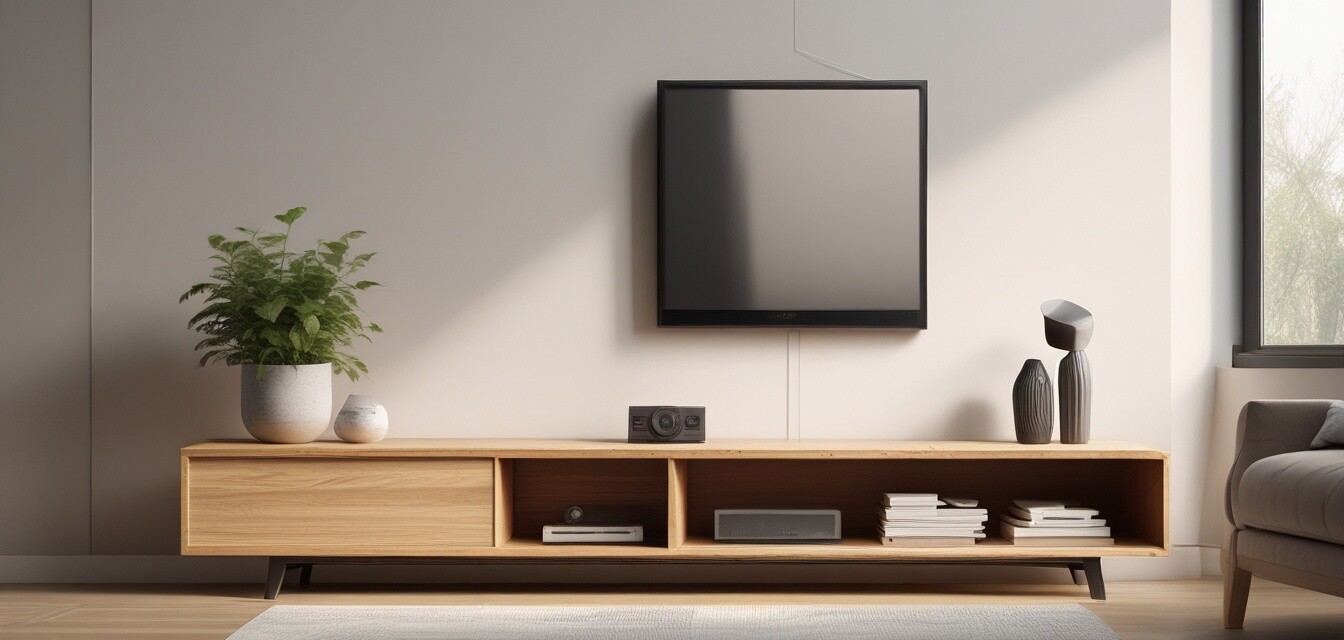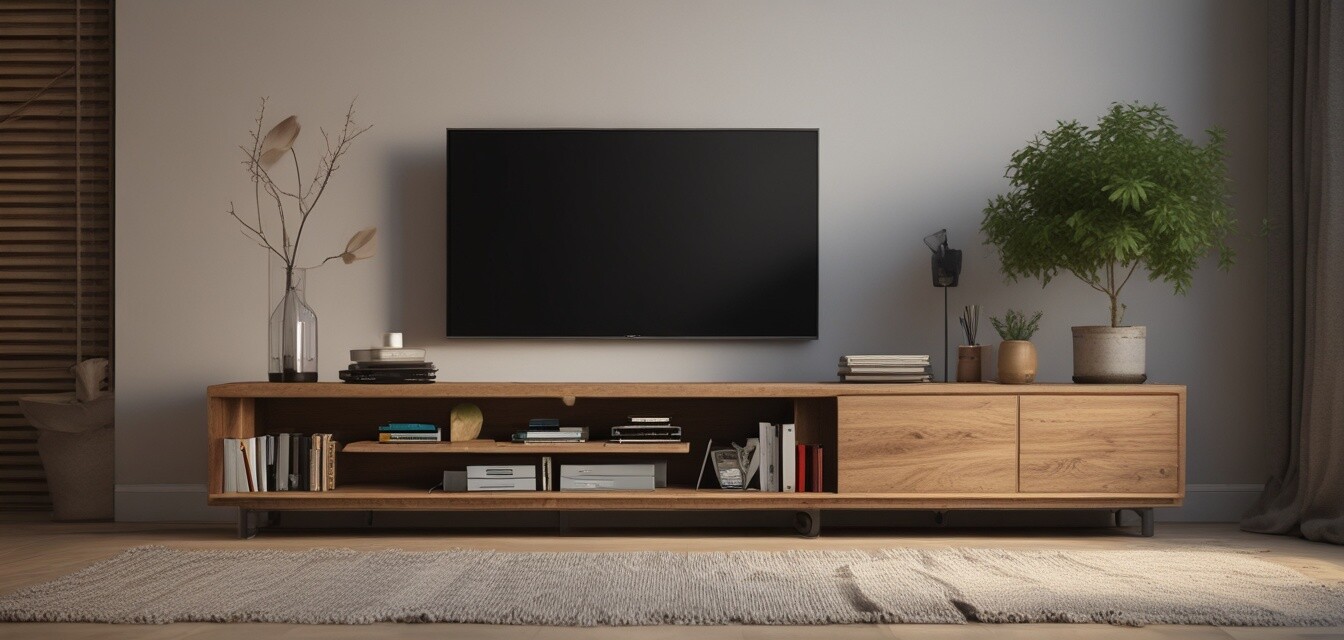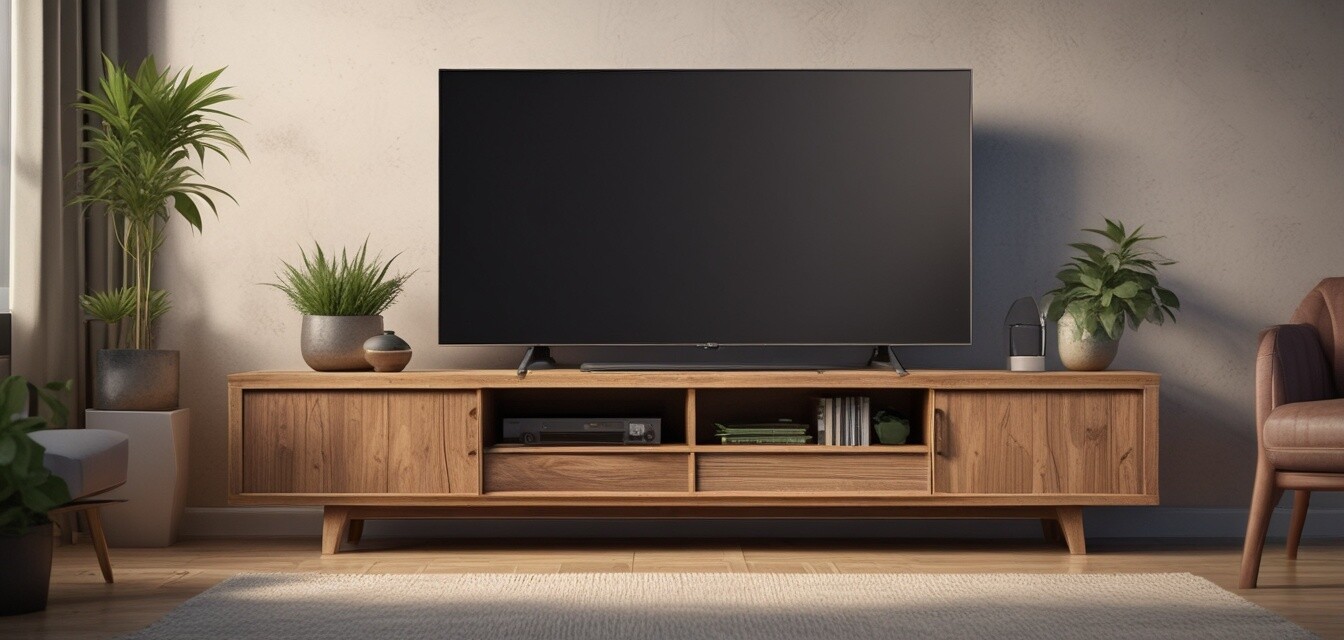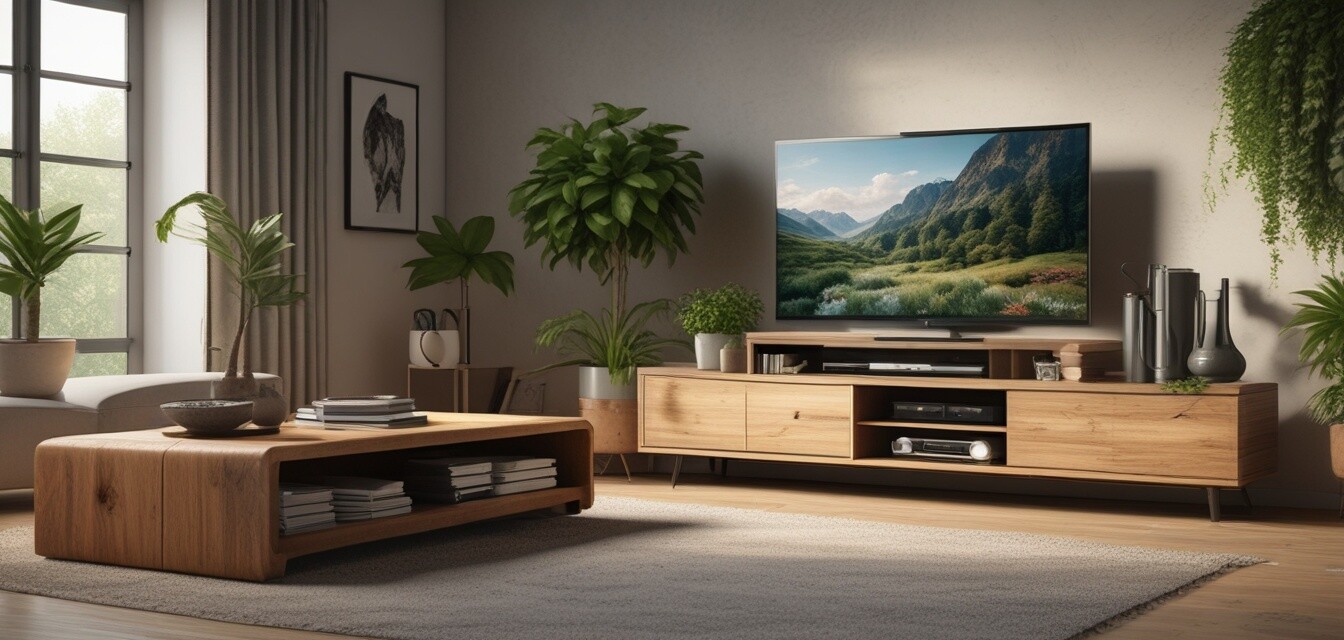
Sustainable Materials for TV Stands
As the world shifts towards a more eco-friendly lifestyle, it's essential to consider the environmental impact of our daily choices, including the furniture we use in our homes. TV stands, in particular, are a staple in many living rooms, and choosing sustainable materials can make a significant difference.
Key Takeaways
- Sustainable TV stands can reduce carbon footprint and promote eco-friendliness.
- Different materials offer unique benefits, such as durability, aesthetic appeal, and recyclability.
- Consider factors like sourcing, manufacturing, and end-of-life recycling when choosing a sustainable TV stand.
Why Sustainable Materials Matter
The production and disposal of traditional TV stands can contribute to environmental degradation, resource depletion, and pollution. By opting for sustainable materials, you can reduce your carbon footprint and promote eco-friendliness.
Sustainable Materials for TV Stands
| Material | Benefits | Drawbacks |
|---|---|---|
| Reclaimed Wood | Durable, unique aesthetic, reduces waste | Higher cost, limited availability |
| Bamboo | Renewable, lightweight, low maintenance | May not be suitable for heavy TVs |
| Recycled Metal | Durable, recyclable, reduces waste | May have a higher cost, limited design options |
| Sustainably Sourced Wood | Renewable, durable, classic aesthetic | May have a higher cost, certification process can be complex |
Factors to Consider
When choosing a sustainable TV stand, it's essential to consider the entire lifecycle of the product, from sourcing to end-of-life recycling.
- Sourcing: Look for materials that are sourced from sustainable forests, recycled materials, or reclaimed wood.
- Manufacturing: Opt for manufacturers that use eco-friendly practices, reduce waste, and minimize energy consumption.
- End-of-Life Recycling: Consider the recyclability of the material and the manufacturer's take-back programs or recycling options.

Popular Sustainable TV Stand Options
Explore our collection of sustainable TV stands, featuring eco-friendly materials and designs that cater to different tastes and preferences.
- Corner TV Stands for a space-saving solution
- Entertainment Consoles for a stylish and functional option
- Floating TV Stands for a sleek and modern design
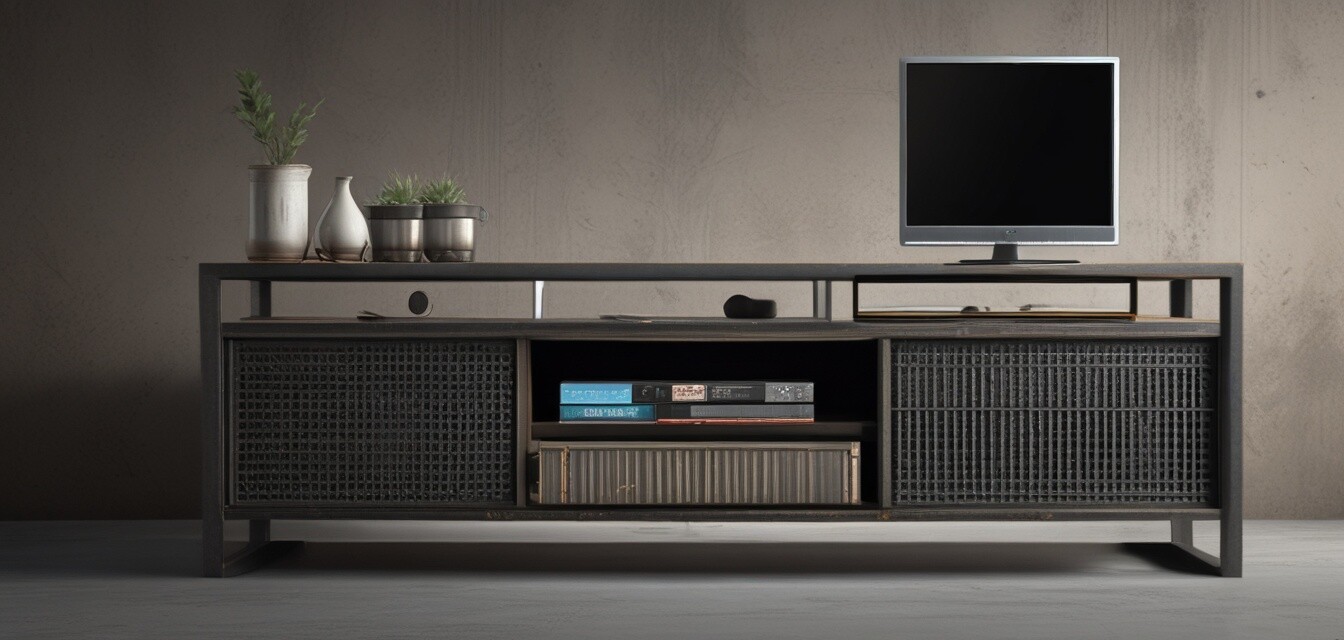
Conclusion
By choosing sustainable materials for your TV stand, you're contributing to a more eco-friendly future. Consider the benefits and drawbacks of each material, and explore our collection of sustainable TV stands to find the perfect fit for your home.
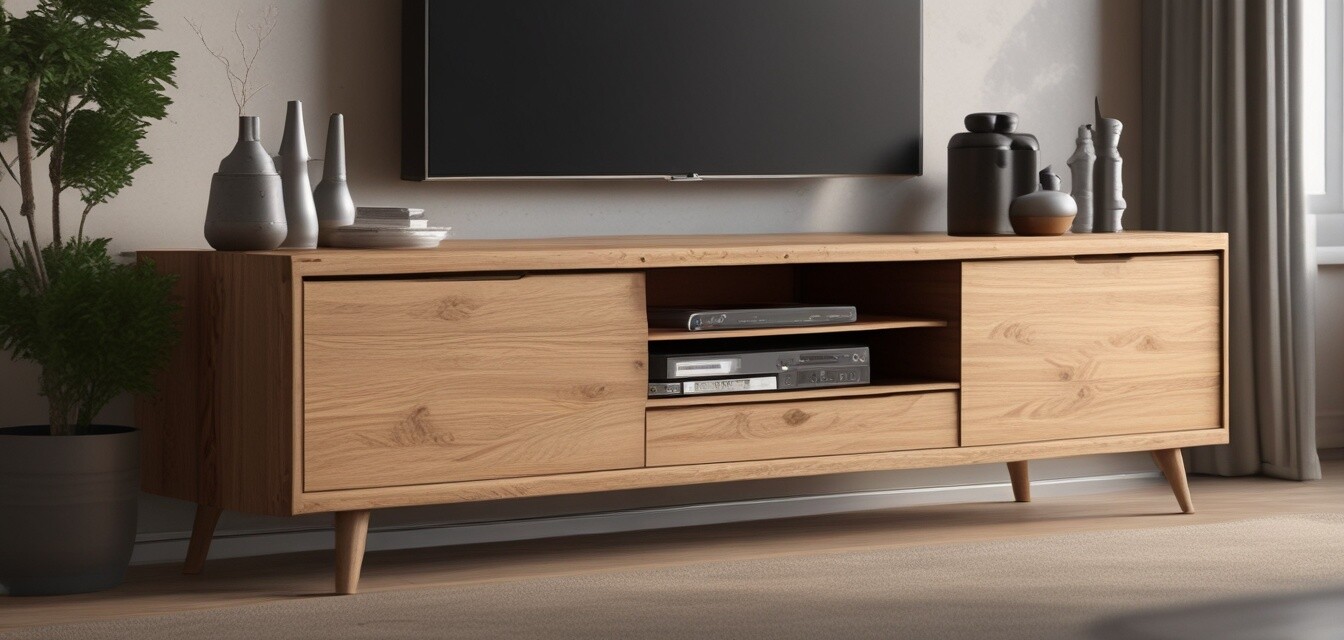
Pros
- Eco-friendly and sustainable materials
- Unique aesthetic and design options
- Reduces carbon footprint and promotes eco-friendliness
Cons
- May have a higher cost compared to traditional materials
- Limited availability of certain materials
- Manufacturing processes may still have some environmental impact
Beginners Guide to Sustainable TV Stands
Start your eco-friendly journey with these simple tips:
- Research and understand the sustainable materials used in TV stand manufacturing.
- Look for certifications like FSC (Forest Stewardship Council) or PEFC (Programme for the Endorsement of Forest Certification).
- Consider the entire lifecycle of the product, from sourcing to end-of-life recycling.
